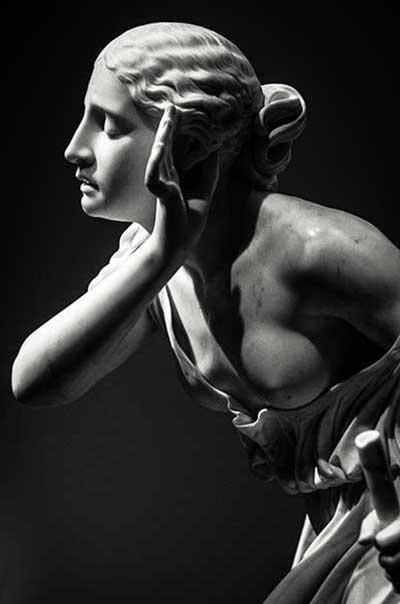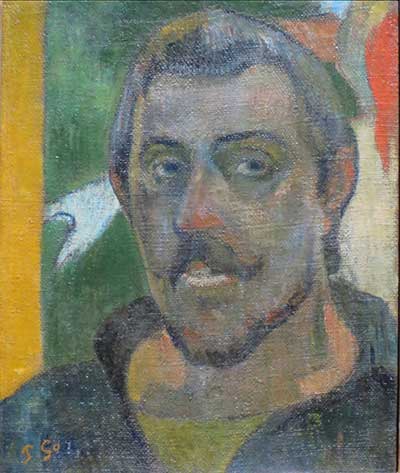
Licence Artwork:
Public domain
Paul Gauguin’s Primitivism With Tahitian Motifs
Progressive Primitivism through Tahitian motifs brought Paul Gauguin to the pinnacle of his artistic career. Now let’s first dwell on Gauguin’s Style of Postmodernism. Gauguin and other painters such as Paul Cézanne, Vincent van Gogh and Georges Seurat formed the Post-Impressionist movement by disassociating with the natural forms and relying upon their artistic memories and emotional experiences. Furthermore, they outlined their dreamy mythological imaginations by spiritual and symbolic icons. Like Paul Gauguin and Vincent van Gogh, many of them, unappreciated and frustrated, went through a difficult path to present their art and only became recognized after their death. It is not absurd that Gauguin and van Gogh took refuge and approached each other to relieve their sadness and disillusionment due to the rejections of their work by the artistic societies. They migrated from where they were active to generate their style far from constraints and pressures and shape their unconventional individualism. However, the stresses became unbearable for them. Their extreme sensitivity and the unpleasant conditions they encountered damaged their relationship. [1] After this broken friendship and the catastrophic consequences of van Gogh’s health, he was hospitalized and later lasted in a monastery for his manic outbursts. Reciprocally, two years later, because of his disappointments and the lack of sympathy in the French artistic climate, Gauguin travelled to Tahiti to his next and final destination.
Paul Gauguin’s journey to Tahiti paved another way in his artistic campaign. He tended to Primitivism and nostalgia with Tahitian motifs. A variety of non-Western folk art did emphasize the spirit’s purity of the indigenous population in his works which in his observations of the rural inhabitants had obtained. Drawing bold outlines and flat segments of natives bodies with bright colors had shaped original compositions inspired by the austerity of Tahitians. He sought an impressive effect by representing the genuine values of the villagers while he also supported them against the incompetence of their local authorities. [2]
Primitivism through Tahitian motifs and languages identified Paul Gauguin's artwork
It is still unknown to many that Gauguin was not only a marvellous painter, just as so a sculptor and a ceramist. Moreover, he had journalistic talents and followed his progressive political views. It is fascinating to know that he had inherited these qualities from his forward-thinking grandmother. Flora Tristan, the maternal grandmother of Paul Gauguin, born in an aristocratic Spanish family of Peru, became poor after her father’s death, sailed to Peru and sought the family fortune from her previous Peruvian relatives. [3] Although unsuccessful, Flora published her travel adventures and began her literary profession with these publications. Later she helped the political movements during the Peruvian civil fights. Watched by the French police, she had a tough, complicated life. Her combativeness reflected in the upbringing of his grandson and had lived in Gauguin’s mind and affected his artistic and cultural beliefs.
“Where Do We Come From? What Are We? Where Are We Going” “Be In Love and You Will Be Happy” are the sincere titles of his artworks. Purity, honesty and loyalty in providing and delivering the truth characterized his creations. He received dismissive reviews from critics during his lifetime, but nowadays, his popularity and wonderments are forged ahead.
Get more information on this overview page.
Text: Lalerou
© Copyright. All Rights Reserved
1- Vincent van Gogh en Paul Gauguin. (n.d.). VincentvanGogh.nl. Retrieved February 23, 2023, from https://vincentvangogh.nl/vincent-van-gogh-en-paul-gauguin/
2- (n.d.). Paul Gauguin in the Tropics. Theartwolf. Retrieved February 24, 2023, from https://theartwolf.com/gauguin/gauguin-in-the-tropics/
3- Collins, M. M., & Weil-Sayre, S. (1973). Flora Tristan: Forgotten Feminist and Socialist. Nineteenth-Century French Studies, 1(4), 229–234. http://www.jstor.org/stable/23535978
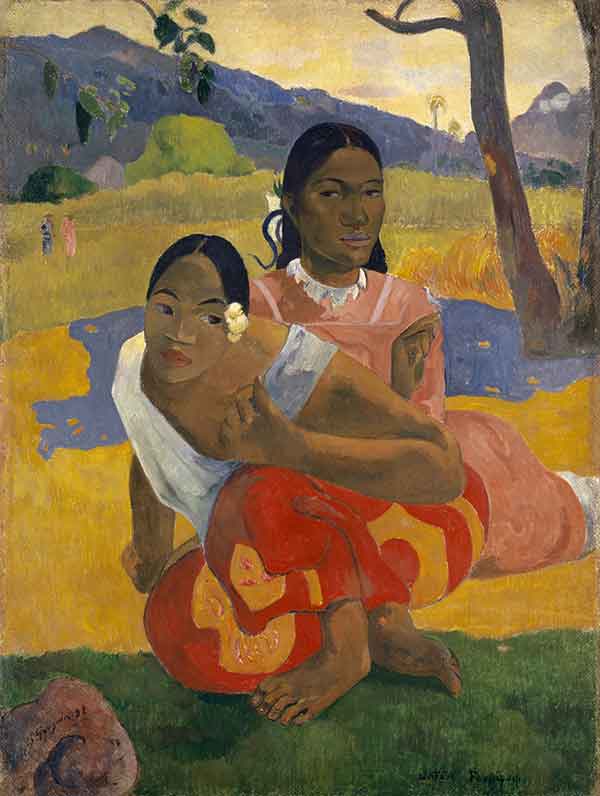
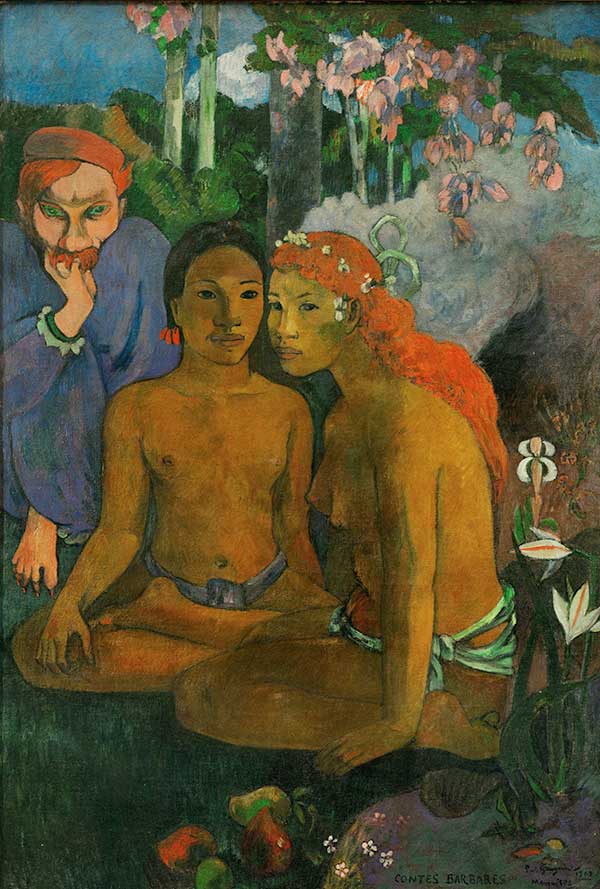
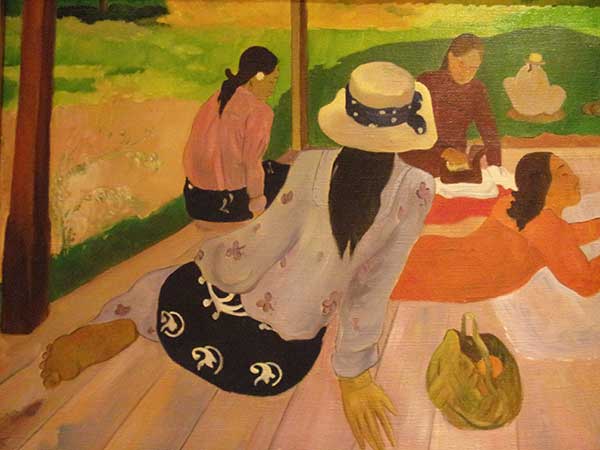

- Category: Modern Art Styles In Painting
Vintage
Vintage
Ornamental
